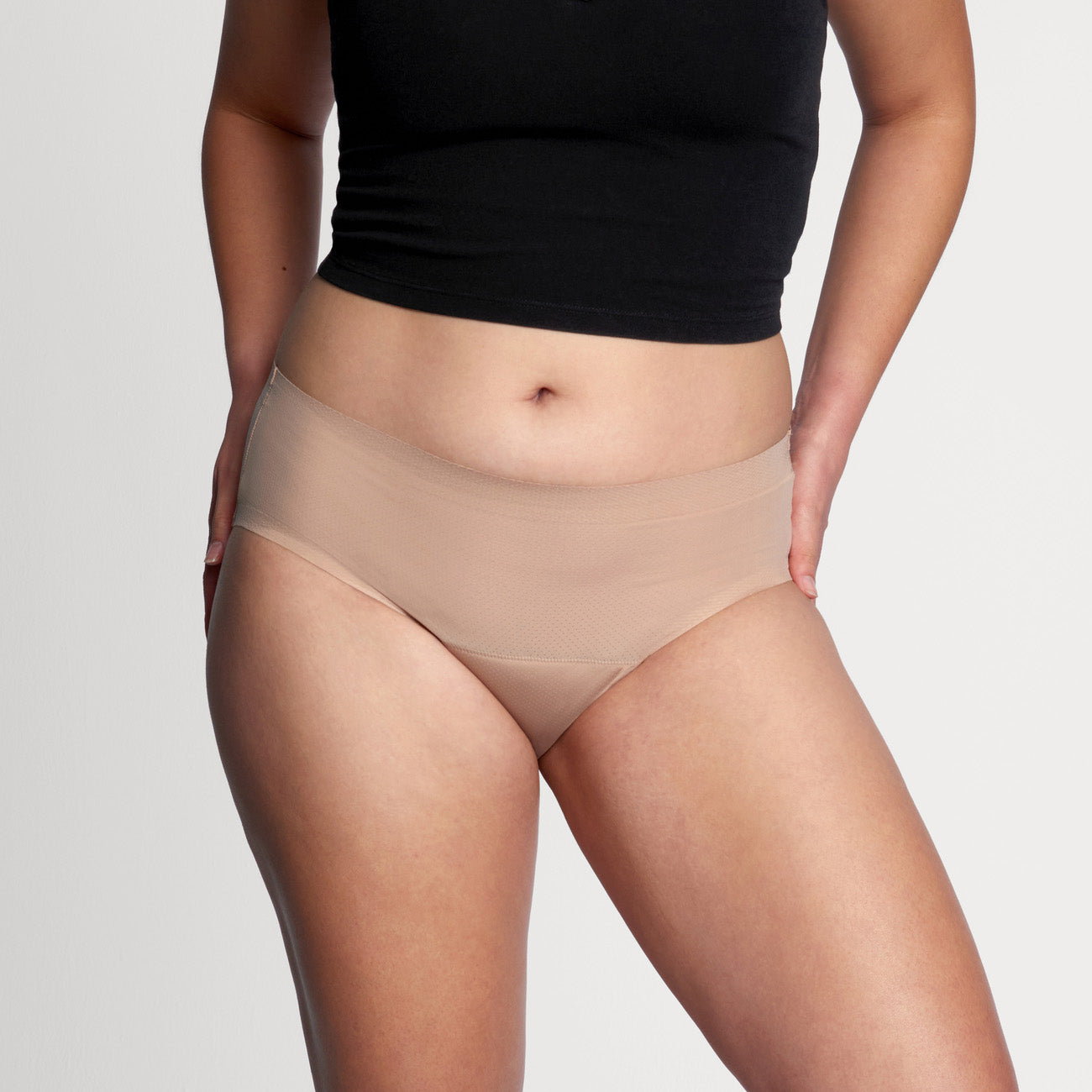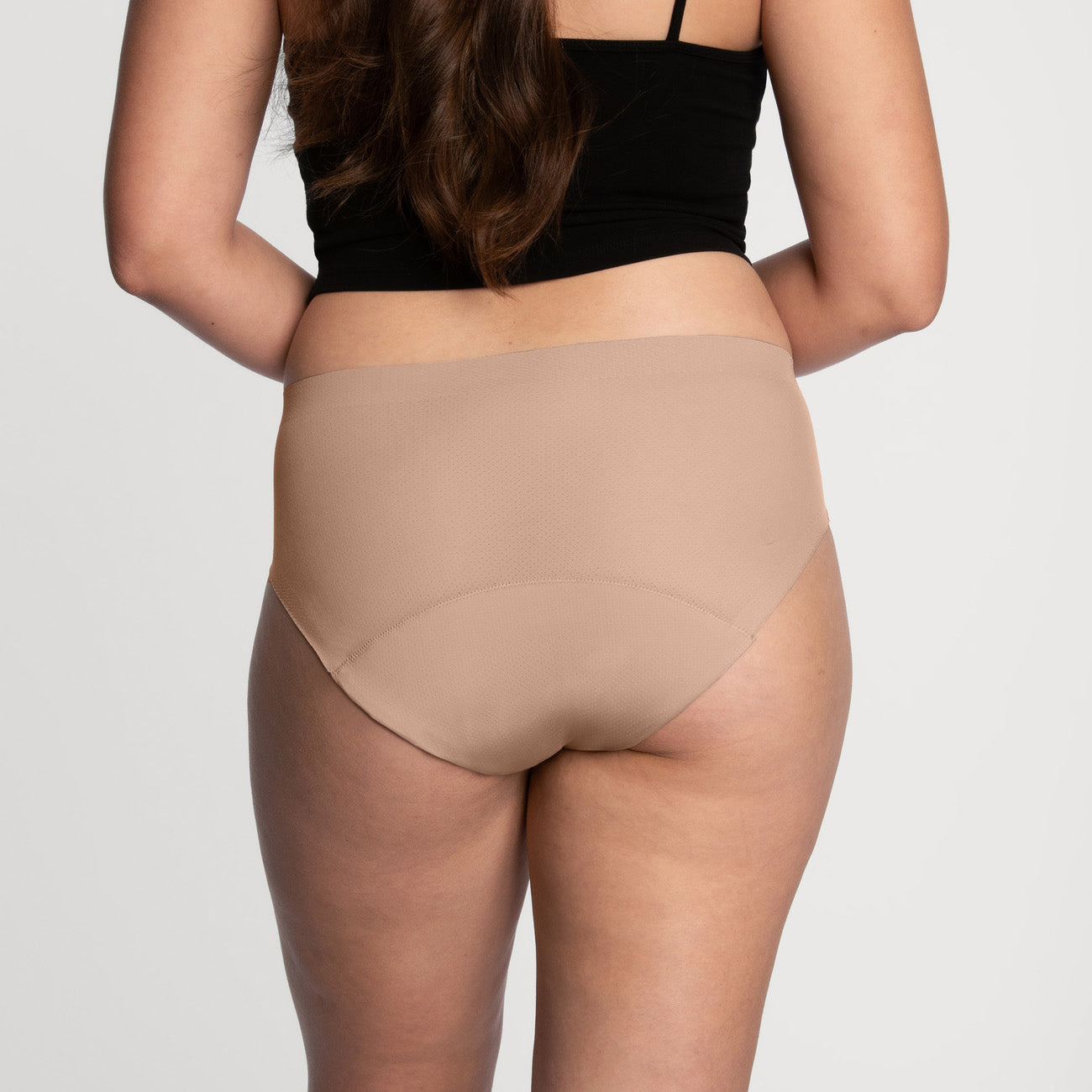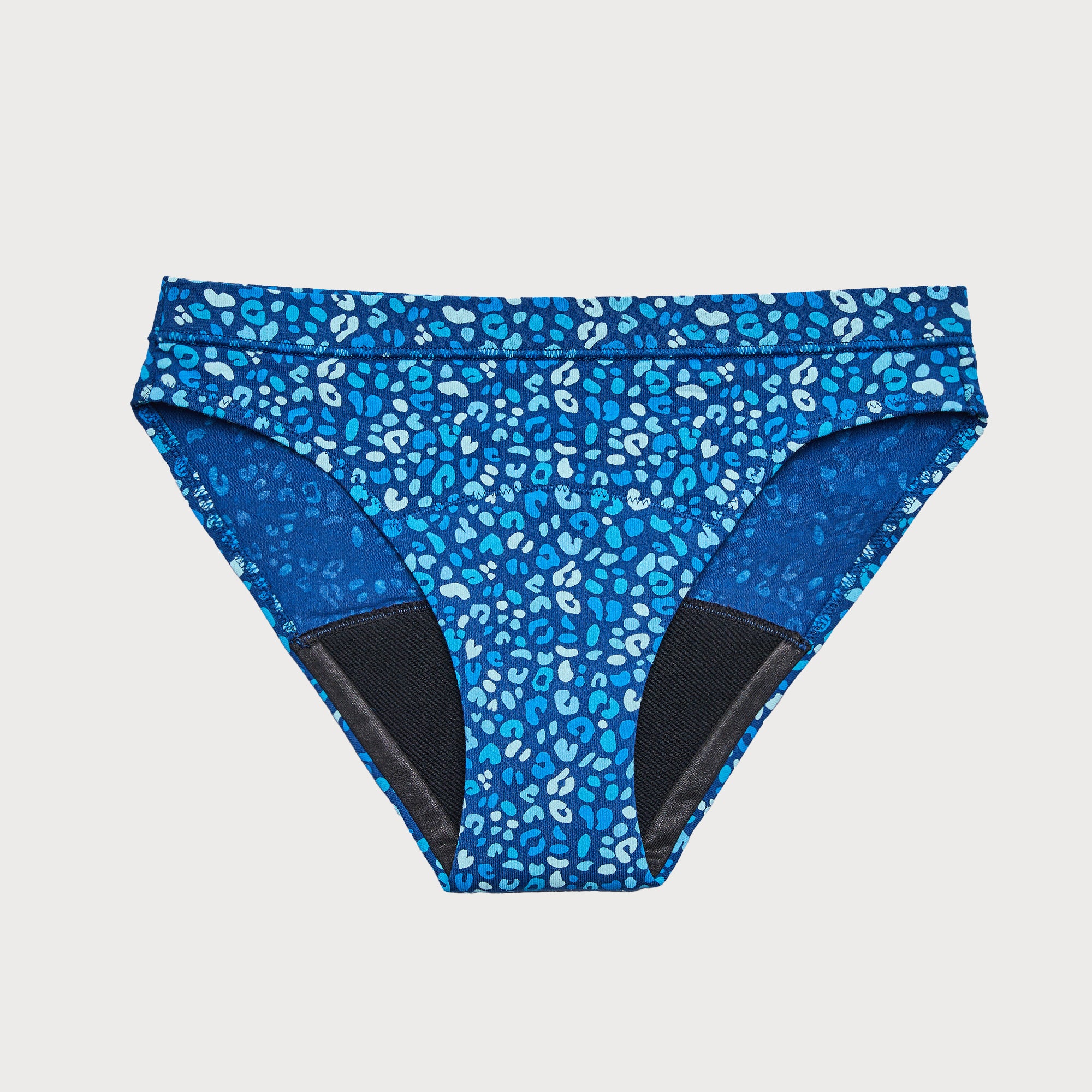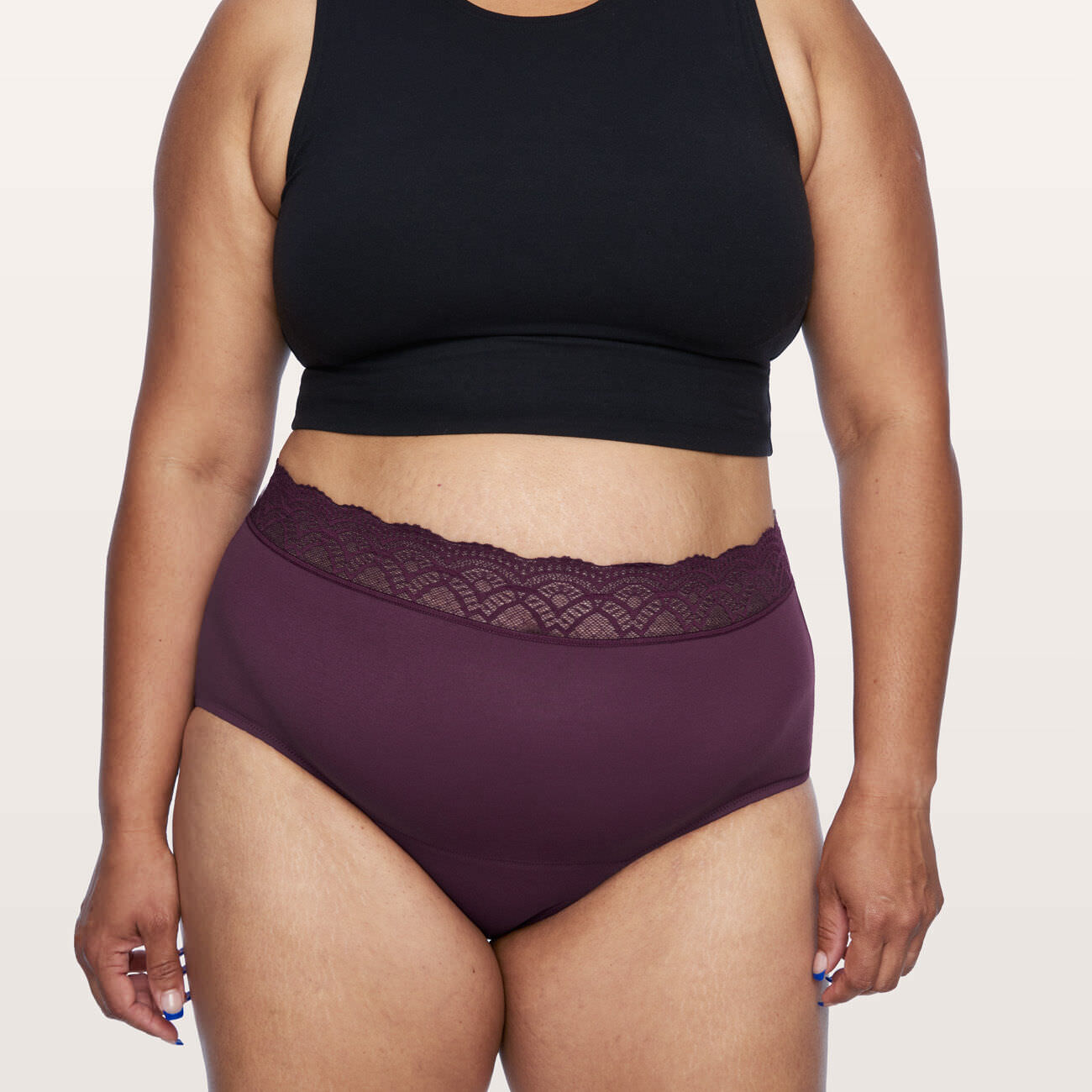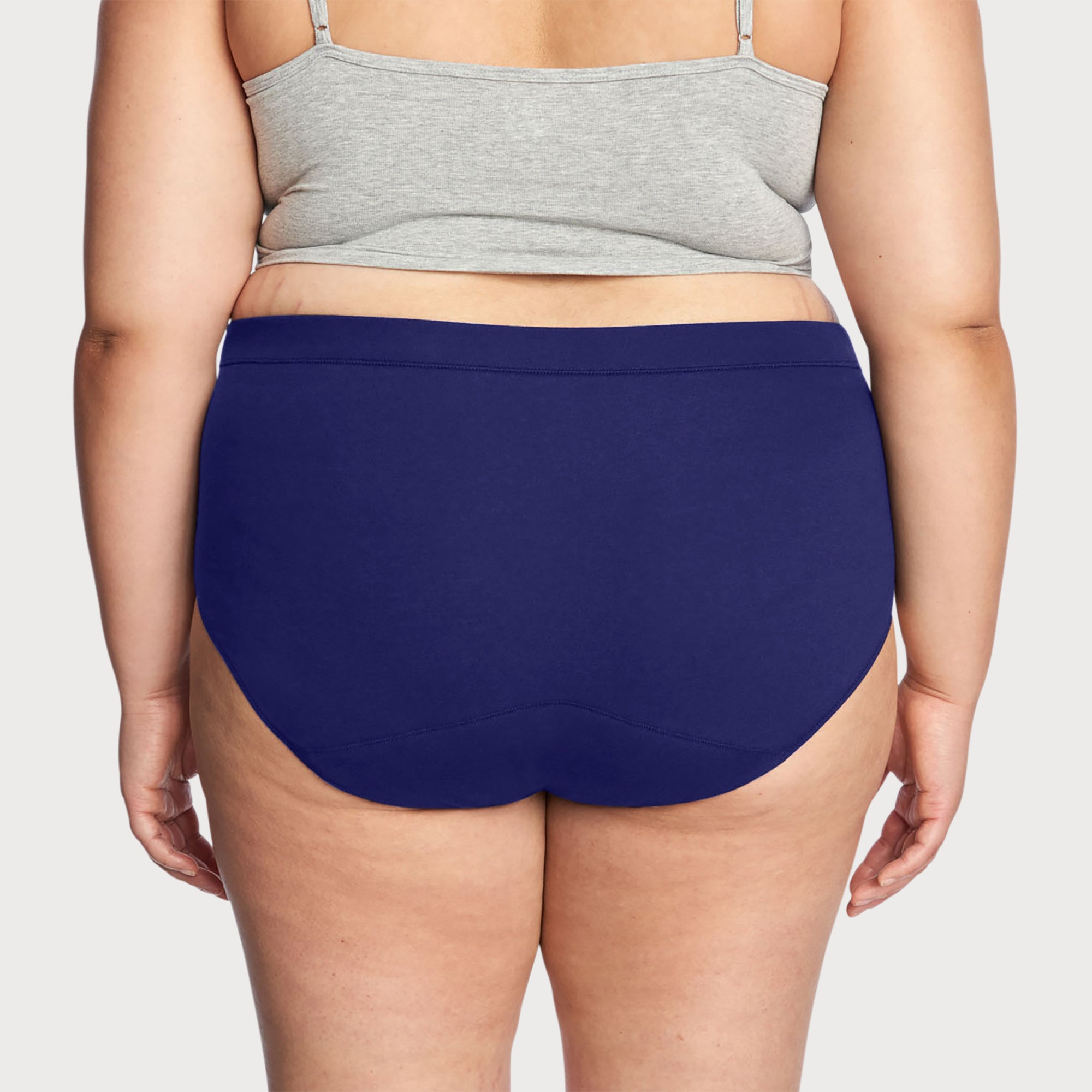What is Urinary Incontinence?
- Share this article Copy to clipboard

Urinary incontinence is a condition that affects millions of people worldwide, but it is still stigmatized and not talked about enough in the public sphere. It may be incredibly common, but it can still significantly impact a person's day-to-day quality of life. Read on as we define "What is urinary incontinence," as well as its causes, and management strategies to help you better understand and manage this condition.
what is urinary incontinence?
Urinary incontinence is the involuntary leakage of urine, plain and simple. It can occur at any age, but is more common in older adults. Urinary incontinence can vary in severity, from occasional urinary leakage to a complete inability to hold urine.
importance of addressing urinary incontinence
Addressing urinary incontinence is crucial for maintaining a good quality of life. The emotional toll of living with urinary incontinence or urine leakage is often underestimated. It can cause significant distress and affect a person's self-esteem, leading to feelings of embarrassment. Urinary incontinence can also impact a person's ability to work and participate in daily activities — meaning that it can affect job performance and limit social interactions.
By addressing urinary incontinence, individuals can regain control over their pelvic health and bladder health while improving their physical and emotional well-being. Rest assured that seeking help for urinary incontinence is not only totally normal — it’s also a positive step towards improving your overall quality of life.
types of urinary incontinence
There are several types of urinary incontinence, including stress incontinence, urge incontinence, overflow incontinence, functional incontinence, and mixed incontinence. Let's take a closer look at each type, shall we?
stress incontinence
So, what is stress incontinence? Stress incontinence is the most common type of urinary incontinence in women. It occurs when pressure is placed on the bladder, such as when someone is laughing, coughing, sneezing, or exercising.
urge incontinence
Urgency urinary incontinence, also known as overactive bladder, is a sudden and intense urge to urinate. It can happen even when the bladder is not full, and it can be challenging to control. It is often caused by an overactive bladder muscle.
overflow incontinence
Don’t know what overflow incontinence is? Overflow incontinence occurs when the bladder is full but cannot empty completely. It results in frequent urine leaks, and it is often caused by a blockage or obstruction in the urinary tract. In some cases, recurrent urinary tract infections can contribute to or worsen the symptoms of overflow incontinence, making it even more challenging to manage.
functional incontinence
Functional incontinence occurs when a person is physically unable to get to the bathroom in time due to mobility or cognitive issues. It is often caused by conditions such as arthritis or dementia.
mixed incontinence
Mixed incontinence is a combination of two or more types of urinary incontinence. It is common in women, especially those who have given birth.
how to manage urinary incontinence
Urinary incontinence can be a challenging issue, but various effective strategies can help manage symptoms and improve quality of life. Finding the right combination of methods can empower you to regain control and feel more confident in your daily activities.
Bladder Training: Try training your bladder by gradually increasing the time between bathroom visits. Start by waiting just 15 minutes longer than usual and slowly build up from there.
Pelvic Floor Exercises (Kegels): Strengthening your pelvic floor muscles can really make a difference. Simply squeeze those muscles for about 5 seconds, then relax for another 5. Aim for three sets of 10 reps each day.
Scheduled Bathroom Visits: Setting up a routine for bathroom visits can help keep things in check. Even if you don’t feel the urge, give yourself a little reminder to take a break and visit the restroom.
Fluid Management: Keep an eye on your fluid intake to strike a nice balance. Staying hydrated is important, but try to limit drinks that can irritate your bladder, like caffeine and alcohol.
Professional Help: If you’re finding that things aren’t improving, don’t hesitate to chat with a healthcare provider. They can offer valuable insights and personalized tips just for you.
At Thinx, we understand the importance of addressing urinary incontinence. Our absorbent underwear for bladder leaks is designed to help prevent leaks and comes in handy for situations just like urinary incontinence. Our products are made with leak protection technology, enabling you to continue your daily activities with less worry.
We believe in promoting open and honest conversations about urinary incontinence, reducing the stigma associated with it, and encouraging individuals to seek help and support. We are committed to providing resources, education, and support to help individuals manage urinary incontinence effectively.
At Thinx, we strive to provide our readers with the most up-to-date, objective, and research-based information. Our content is crafted by experienced contributors who ground their work in research and data. Articles contain trusted third-party sources that are either directly linked within the text or listed at the bottom to lead readers to the original source.
sources:
Cleveland Clinic. Urinary Incontinence. my.clevelandclinic.org/health/diseases/17596-urinary-incontinence
Mayo Clinic. Urinary Incontinence. www.mayoclinic.org/diseases-conditions/urinary-incontinence/symptoms-causes/syc-20352808
Johns Hopkins Medicine. Urinary Incontinence in Women. www.hopkinsmedicine.org/health/conditions-and-diseases/urinary-incontinence/urinary-incontinence-in-women
Urology Care Foundation. Urinary Incontinence. www.urologyhealth.org/urology-a-z/u/urinary-incontinence








